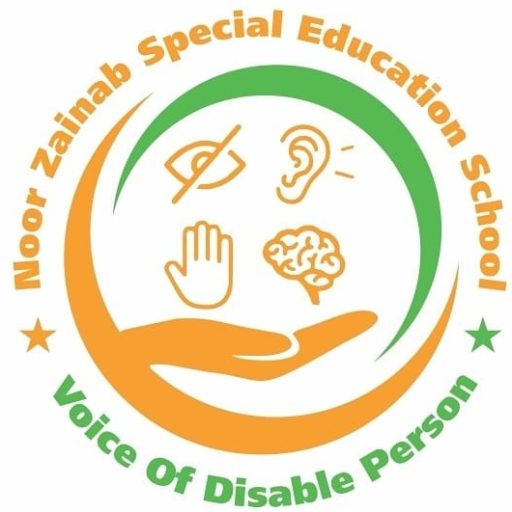Importance of Peers in Inclusive Education for Individuals with Autism Spectrum Disorder (ASD)
A revolutionary strategy for integrating people with autism spectrum disorder (ASD) into regular classroom environments is inclusive education. Peer support is a crucial component in the success of inclusive education. Peer participation and presence in inclusive environments can have a significant effect on the intellectual, social, and emotional development of people with ASD. This blog examines the value of peers in inclusive education for people with ASD and the beneficial effects these connections can have.
1. Social Development and Peer Relationships
People with ASD may find it difficult to communicate, read social signs, and form relationships, making social engagement difficult for them. Peers are essential in the natural socialization environment that inclusive education creates. Students with autism spectrum disorders can watch, learn, and practice social activities in real-time through regular interaction with usually developing classmates. This exposure teaches them about social conventions, hone their communication abilities, and progressively form deep connections.
Peers serve as role models for people with ASD, exemplifying acceptable social interactions. Peers can assist their students with ASD in sharing, taking turns, and expressing emotions, for instance, during cooperative or group learning activities. These encounters help people acquire critical social skills like empathy, reciprocity, and conflict resolution over time.
2. Reducing Stigma and Promoting Acceptance
The stigma attached to ASD is one of the biggest obstacles people with the disorder encounter in school settings. When implemented properly, inclusive education can lessen this stigma by encouraging acceptance and understanding among peers. Students who are usually developing get insight into the difficulties and assets of people on the spectrum when they interact. with their classmates who have ASD. This raised consciousness promotes an embracing and inclusive school climate
Peers who are accepting and understanding of their peers with ASD are more likely to speak up for them, fostering a positive environment where people value and celebrate individual differences. Students with ASD often worry about bullying and isolation, and this acceptance can help lessen those occurrences. The sense of value and inclusion that favorable peer environments provide to people with ASD enhances their self-esteem and general well-being.
3. Enhancing Academic Engagement and Learning
Students with ASD can benefit from peers in inclusive classes who can increase their academic engagement and learning. Peer tutoring and group projects are two examples of collaborative learning activities that give students with ASD the chance to communicate and interact with academic material in a supportive way. Peers can help their peers with ASD comprehend and remember material by giving clarifications, explanations, and feedback.
Furthermore, having friends around can encourage ASD adolescents to engage more fully in class activities. For example, kids with ASD might be more likely to participate in class if they see their peers having a great time. Higher levels of success and better academic performance may result from this increased participation.
4. Promoting Independence and Life Skills
Peer participation in inclusive education is essential for helping people with ASD develop their independence and life skills. Peers can assist their peers with ASD in acquiring critical life skills, including problem-solving, organization, and time management. Peers can set an example for how to handle duties and overcome obstacles by cooperating on projects.
Peers could assist classmates with ASD in setting goals, prioritizing actions, and breaking down work into manageable steps during a group assignment. In addition to helping students succeed academically, these cooperative experiences help people with ASD get ready for life beyond school. The abilities acquired in inclusive environments can be used in a variety of situations, such as postsecondary education, the workplace, and adult social interactions.
5. Building a Sense of Belonging and Community
For every kid, including those with ASD, to succeed and feel like they belong, this is essential. A feeling of community where every student feels like they belong is fostered by inclusive education and supportive peer interactions. The idea that everyone has a place in the classroom is reinforced when peers actively engage their students with ASD in social and intellectual activities.
This is crucial for all children, including those with ASD, to thrive and have a sense of belonging. Inclusive education and positive peer interactions help to create a sense of community where all students feel like they belong. By actively involving their students with ASD in social and intellectual activities, peers actively promote the idea that everyone has a place in the classroom.
Consequence:
The effectiveness of inclusive education for people with autism spectrum disorder is greatly dependent on peers. Peers support the general growth and well-being of their classmates with ASD through social connections, academic collaboration, and the encouragement of acceptance and independence. In addition to benefiting people with ASD, the interactions made in inclusive environments enhance the lives of kids who are usually developing and promote empathy, understanding, and a more inclusive society. As we continue to develop inclusive education, it is crucial to acknowledge and support the critical role that peers play in creating a truly inclusive and supportive learning environment.

